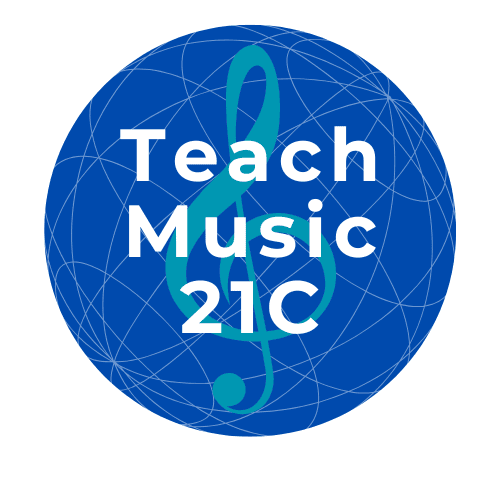As a vocal or instrumental music teacher, I suspect you’ve already got a fairly concrete list of technical aspects that you want to pass on to your students. You pay close attention to various factors that assist students with producing beautiful tone, developing technical ease, and promoting musical proficiency. Now what happens to your list if we change things up a bit - When we broaden our examination to consider technical aspects on a universal scale? What happens when we include aspects that are relevant to all instruments and voices? What stays on your list? What do you need to add?

This exploration is the first of three in which I examine key components of technique on a universal scale. And I’ll get things started by taking a look at something what we refer to as “the core”.
The moment I mention “the core”, you might have made a quick physical check on your own core. Maybe even a flash of awareness related to your posture. Are you sitting up purposefully? Have you lengthened your torso?
What is the core? Located in the lower half of the torso, the core is a complex assembly of diverse muscle groups, the nervous system, tissue, and numerous bones from the hips up to the sternum. It plays a vital role in stabilizing the spine and allowing for its movement, including the ability to lengthen, shorten, rotate, and bend in all directions—forward, backward, and sideways. Additionally, the core acts as a central anchor, providing the control and strength needed to support and coordinate the entire body.
What does the core bring to vocal and instrumental technique? I really appreciate how the core’s functions are all integral to the posture required for vocal and instrumental performance. When students engage their core with stability, mobility, control, and strength, their performance posture has sufficient balance to keep things in place without turning performers into statues. That’s why I place such a strong emphasis on how my students engage their core.

Take for example – my student Jenny – a six-year-old beginner. During the first six weeks of her 15-minute lessons, I gradually help her get acquainted with her own core. I start by removing the piano bench so that Jenny can stand to play at the piano. Having students stand up works brilliantly because I can point out how their body works like a giant crane – with feet anchored firmly on the ground – our core acting as the central base – and arms free to reach wherever we need to. I guide by saying something like – “Your core looks great! And - Those feet are anchored.”
In this way, I help students to get to know about posture through experiences of their own core, rather than me attempting to shape their posture with minute tweaking. And I should add - there’s another reason why I like starting beginners with standing up - because it fits in with how I imagine their practicing at home – spontaneously running to the piano when they’ve got a free minute or two to run through their pieces.
As my piano students develop – it’s pretty much a given that they’ll spend most of their time seated on the bench. Which brings me to another student example – fifteen-year-old Francis – whose focus on certain occasions in the advanced repertoire is so intense it’s almost to his detriment. With his eyes having taken over, he tracks every note with the sharpness of an eagle. His chin digs into his chest. His shoulders creep forward squishing his core. Not wanting to interrupt his focus, I usually say something like – “check your core when you’ve got a minute.” And shortly thereafter, Francis takes the breath that flexes his spine and opens the space for his core. It’s quite marvellous to watch.

How do you feel about the core? Is it something you pay attention to in your teaching?
Cultivating students’ awareness and deliberate activation of the core can have a profound impact on their posture, technique, and overall performance. Whether standing or sitting, a strong, mobile, and controlled core provides the foundation for balance, flexibility, and strength, enabling students to produce more fluid and expressive sounds. By focusing on this universal aspect of technique, music teachers help our students build a solid foundation that supports their technical growth and musical expression. It’s just one of the key aspects that contribute to a universal technique.
Stay tuned for the next blog as I continue with another universal component for vocal and instrumental technique.
